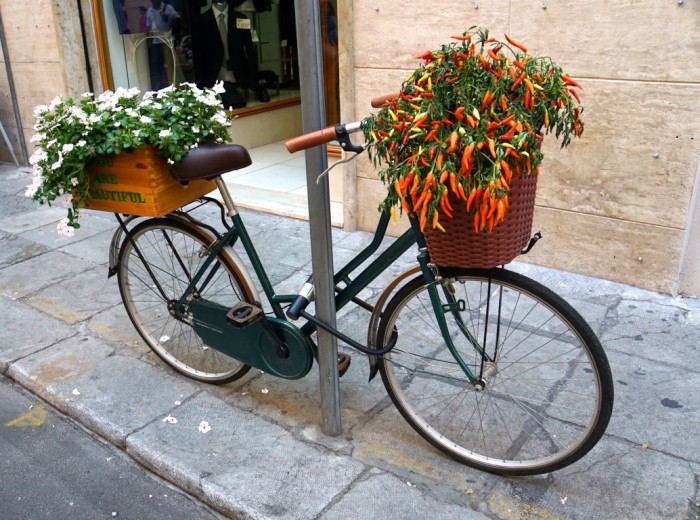Close Quarters
Maryeau, Grenadines West Indies The passages between the islands in the Grenadines were getting shorter and...

Every country has a dark horse, a place that is seen as the evil stepchild, more trouble, less worthy. For Italy, this is Palermo; a city whose history is clouded by mafia violence, cursed by an unfair stereotype. We too wondered about the questionable reputation of Sicily’s capital, which in all honestly, was also part of the draw.
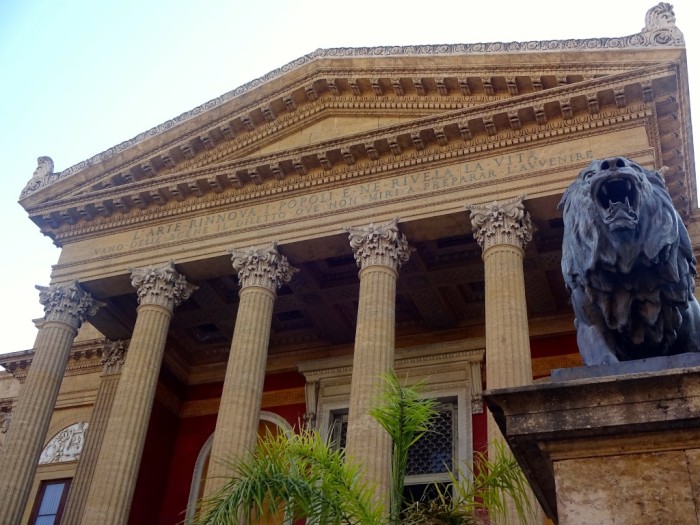
Palermo was once completely covered in citrus groves, and plantations, until urban growth and development took over. Completely accessible by sea, and situated in a valley, it has always been a target for invaders who sought a foothold into Italy, thus it is one of the most conquered and occupied cities in the world. The result is an ethnically varied environment unlike any other city in Italy.

We took Berkeley East to a marina outside the city so we could explore Palermo. We once heard Palermo described as “an assault on the senses,” but we were not fully prepared for what that really meant. Palermo is intense, in every way.
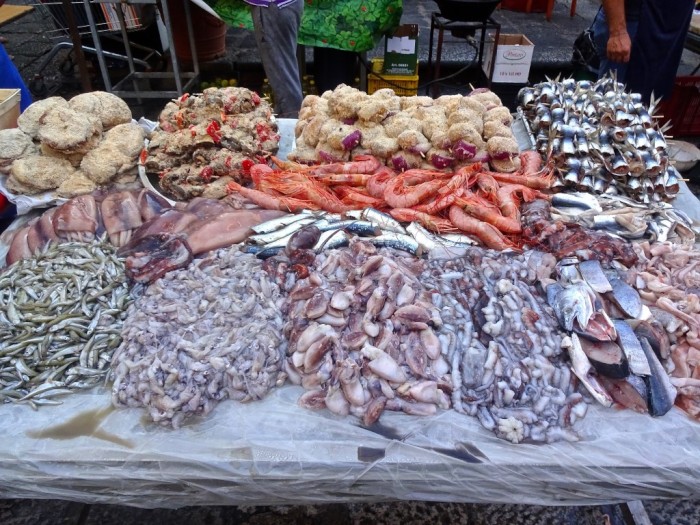
After hopping in a taxi for a ride into the city center, we found ourselves driving up a mountain road high above the bay. Our taxi driver insisted that we needed to see Palermo from above, and visit the church in a cave. While we felt a bit put off by the aggressive attitude, we had to admit that the view was spectacular.
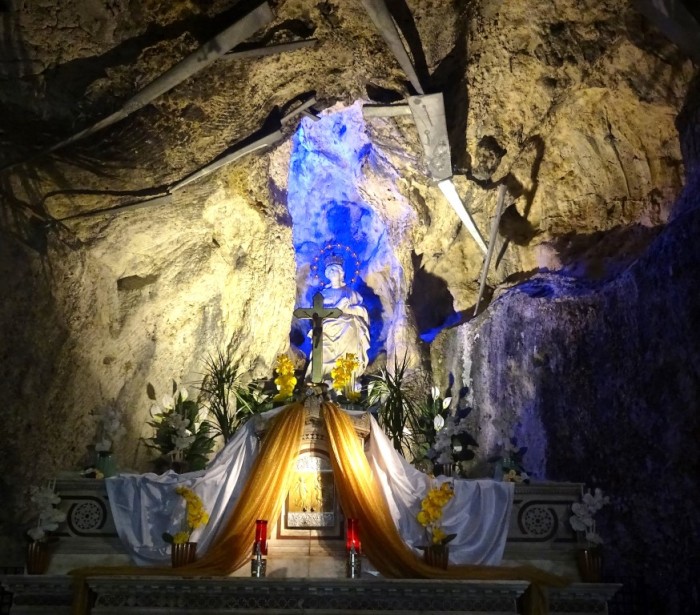
When we finally arrived in Palermo, the traffic was frenetic; cars, scooters, three-wheeled taxis, horse drawn carriages, the road seemed to be without lanes.
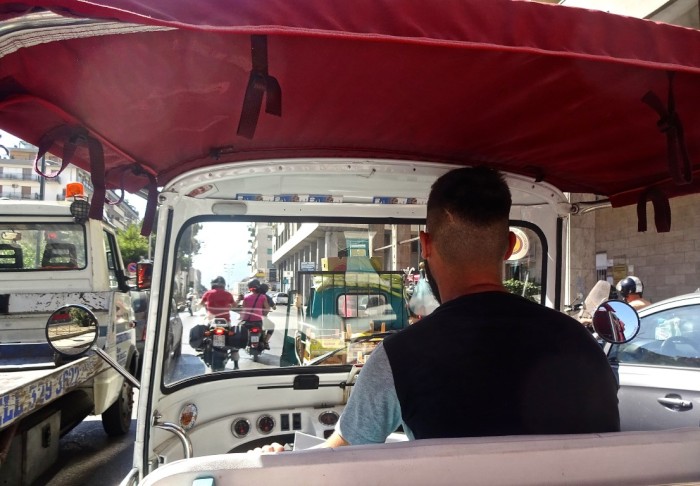
It was early evening, and the city was just coming to life with people venturing out after the scorching sun had finally set. We didn’t know much about Palermo, but for its image as a hotbed for both petty and organized crime. We didn’t have a map, so we wandered, through the modern streets, into the historical district where we saw the beautiful side of Palermo.

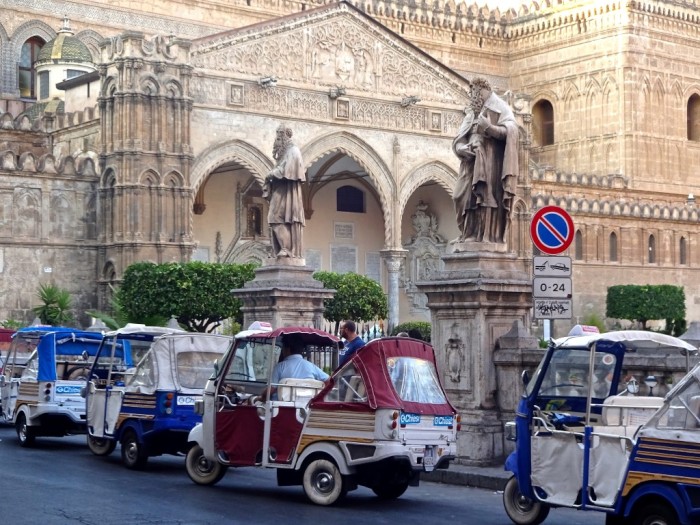
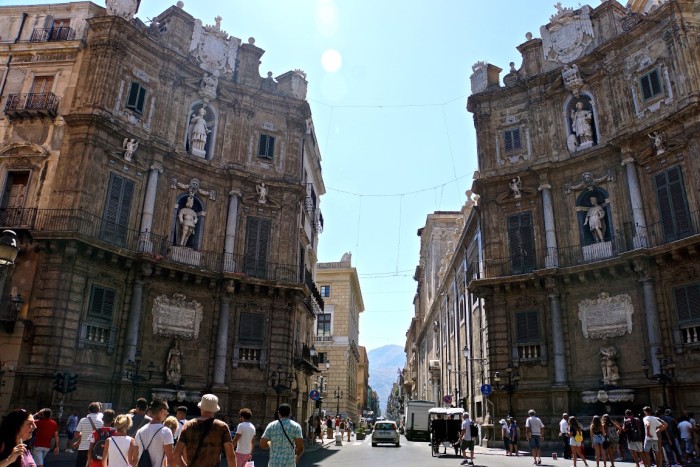
Everywhere we looked, we saw classic buildings, churches, and piazzas. The city has eight Unesco World Heritage sites, helping make Italy the country with the most in the world.
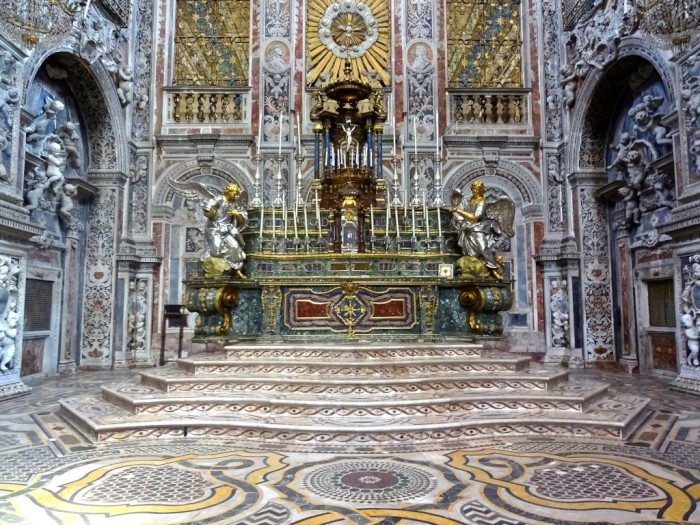
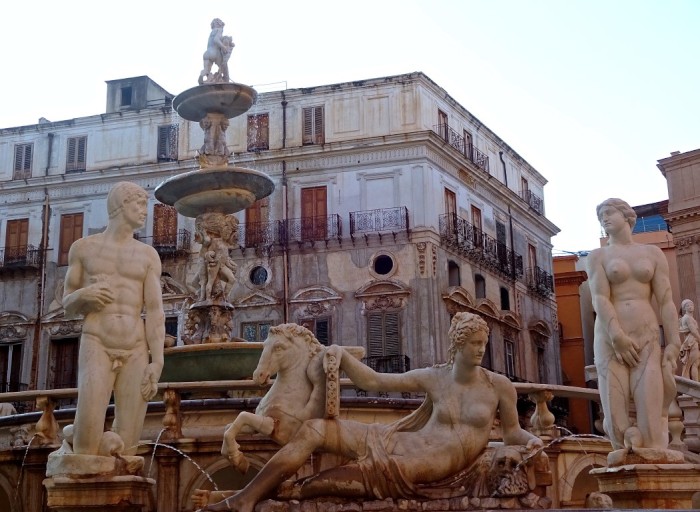

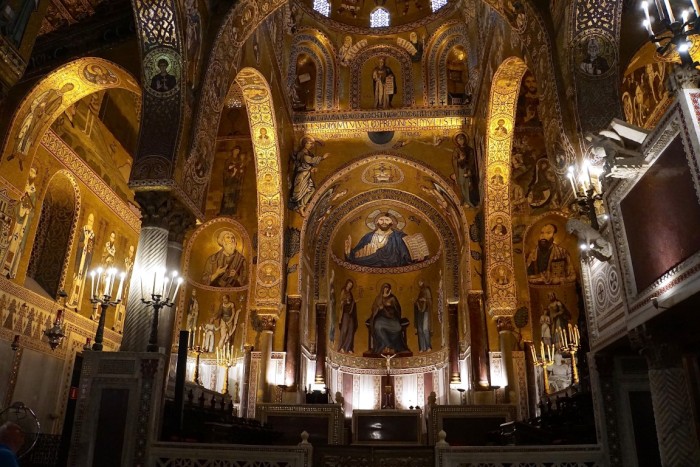
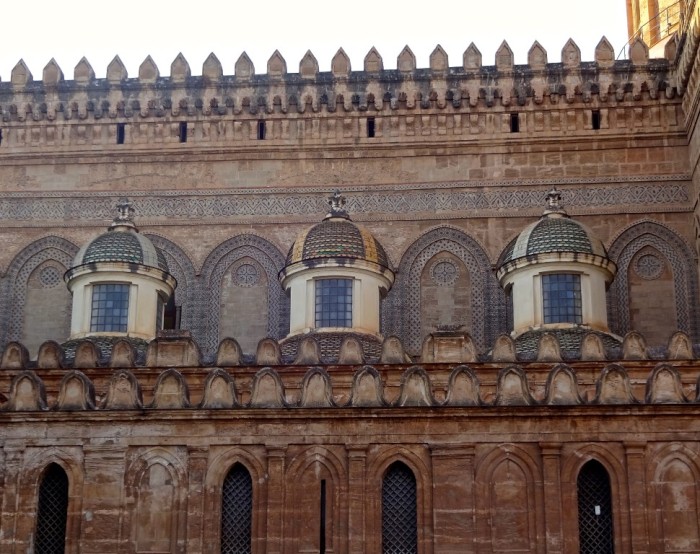
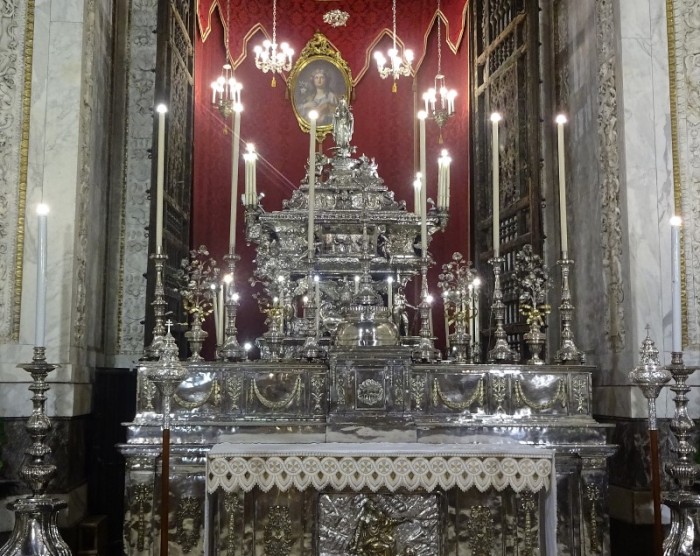
Recently, Palermo was nominated as Italian culture capital 2018. Unesco also recommended Palermo’s historical center be declared a World Heritage site. And next year, the city will host Manifesta, Europe’s most important biennial contemporary art exhibition. Hardly, what we expected.
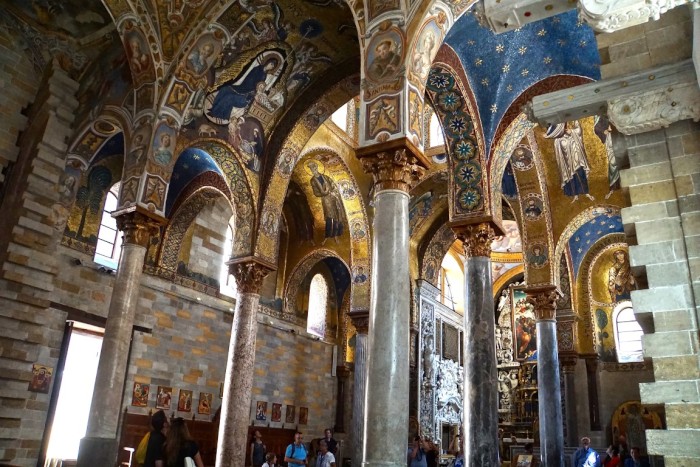
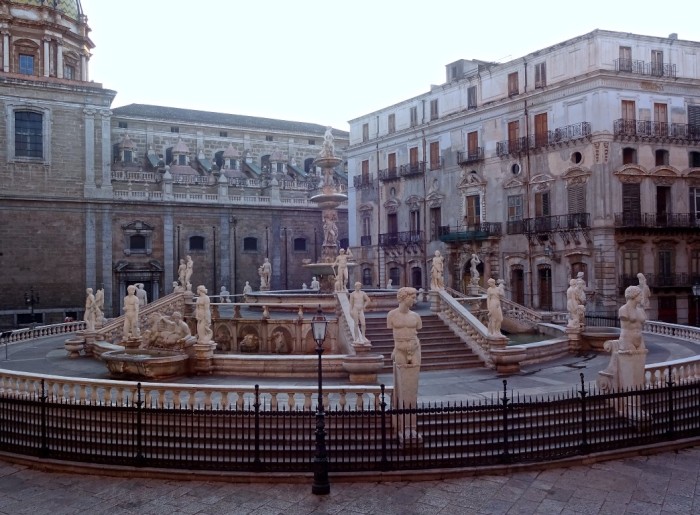
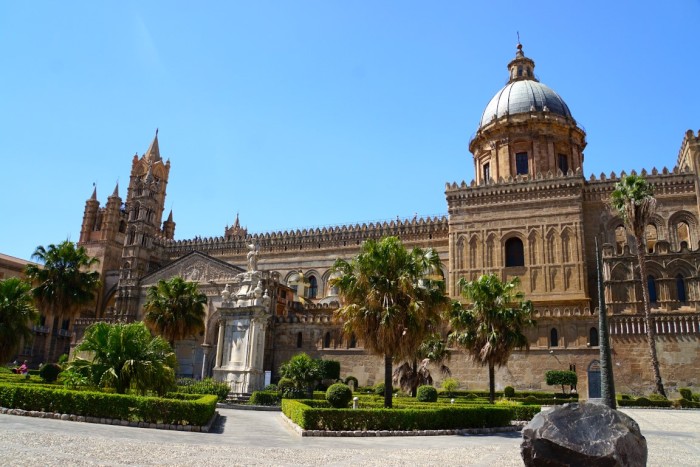
But there is also a gritty side to Palermo that most tourists don’t see. Since we were staying in the marina outside the historical center, we saw the other city of Palermo, the alter ego, with a history of its own.
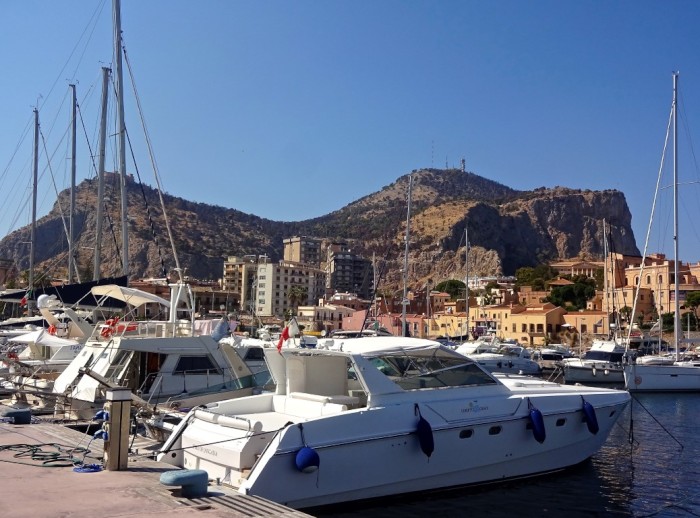
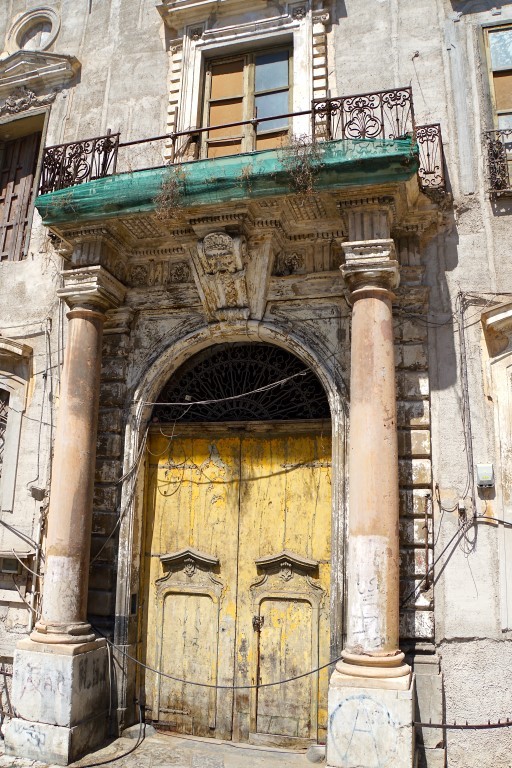
While the Sicilian mafia (known as the Cosa Nostra), may be in decline, the wounds inflicted during its heyday are visible in the suburbs. Deserted, grey buildings scar neighborhoods. Politicians tied to the mafia ordered the demolition of impressive art nouveau mansions to make way for harsh tower blocks, in the biggest building campaign in Italian history.
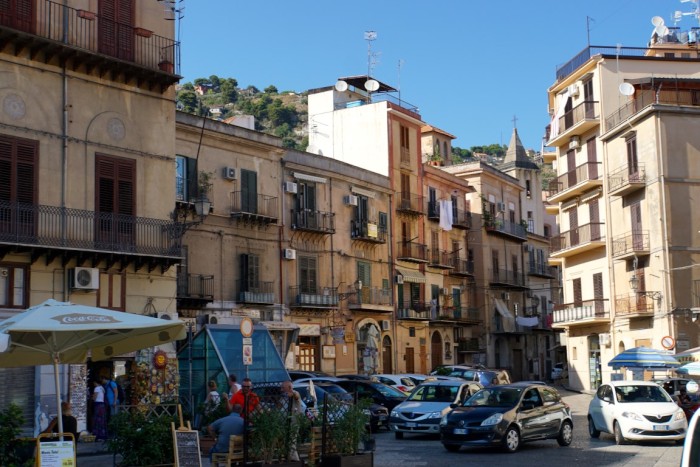
Piles of trash litter the stained streets. It was August and the temperature gave new meaning to that “assault on the senses” description. One day, we went in search of supermarkets to replenish BE’s ships stores. We walked a couple of miles and shopped in four different markets, each with a few of our simple required items, all with many empty shelves.

The people were friendly and they seemed happy, but it was a completely different Palermo than we had seen in the days before, an absolute dichotomy. Perhaps everyone should visit both cities of Palermo to fully understand how hard they have worked, and how far they have come, to leave the dark past behind and become a bright light of Italy.
